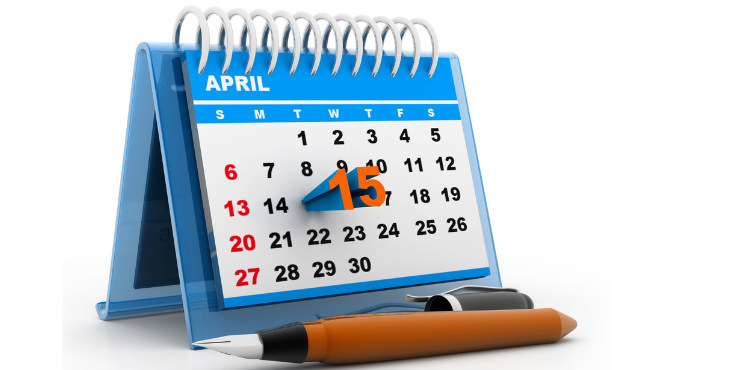In the ever-evolving world of content creation, consistency is key. A well-thought-out blog content calendar is a powerful tool for maintaining a regular posting schedule and engaging your audience. Whether you’re a seasoned blogger or just starting, here are 10 tips to help you plan an effective blog calendar.
How to Plan an Effective Blog Calendar
If you want to create a thorough and organized blog calendar, start with these essential steps:
1. Define Your Goals and Audience
Before diving into the content creation process, it’s essential to define your goals and understand your target audience. Are you aiming to increase brand awareness, drive traffic, or generate leads? Knowing your goals will guide your content strategy. Additionally, understanding your audience’s preferences and interests will help you create content that resonates with them.
2. Create a Content Theme and Strategy
Establishing a content theme will give your blog a consistent identity. It could be industry-related topics, how-to guides, or thought leadership pieces. Develop a content strategy that aligns with your theme and supports your goals. This helps in maintaining a cohesive narrative across your posts.
3. Research Keywords and Trends
Integrate keyword research into your content calendar planning. Identify relevant keywords for each piece of content to improve your blog’s search engine visibility. Stay updated on industry trends to ensure your content remains current and appealing to your audience.
4. Set a Realistic Posting Schedule
Consistency is key in blogging, but it’s crucial to set a posting schedule that is realistic and sustainable. Whether it’s once a week or three times a week, stick to a schedule that you can manage without compromising on the quality of your content.
5. Use a Content Calendar Tool
Leverage content calendar tools to streamline your planning process. Platforms like Simplified, Trello, or even a simple Google Calendar can help you organize your content, set deadlines, and visualize your posting schedule. This ensures that everyone on your team is on the same page.
6. Diversify Your Content Types
Keep your audience engaged by diversifying your content. Mix in how-to guides, listicles, infographics, and video content. This not only caters to different audience preferences but also adds variety to your blog, making it more interesting for your readers.
7. Repurpose and Update Old Content
Don’t let your evergreen content go to waste. Periodically revisit and update older blog posts to ensure they remain relevant and accurate. Additionally, repurpose content into different formats like ebooks, podcasts, or social media posts to extend its lifespan and reach.
8. Collaborate and Guest Post Opportunities
Explore collaboration opportunities within your industry. Guest posts and collaborations not only introduce your audience to new voices but also broaden your content’s perspective. This can lead to increased engagement and exposure.
9. Leave Room for Spontaneity
While planning is crucial, leave some room for spontaneous content creation. Responding to current events or trends in real-time can showcase your blog’s flexibility and relevance.
10. Analyze and Adjust
Regularly analyze the performance of your blog posts. Track metrics such as page views, social shares, and comments to understand what resonates with your audience. Use this data to adjust your content calendar and refine your strategy for better results.
Conclusion
A well-organized blog content calendar is the backbone of a successful blogging strategy. By following these ten tips, you can not only streamline your content creation process but also ensure that your blog remains a valuable resource for your audience. Keep experimenting, stay consistent, and watch your blog flourish.
If you need help creating a content calendar or developing a content strategy, contact Strzec. Our team of experts can help you optimize your blog for maximum impact and engagement. Email us at info@strzec.com or call on (877) 767-7711.







